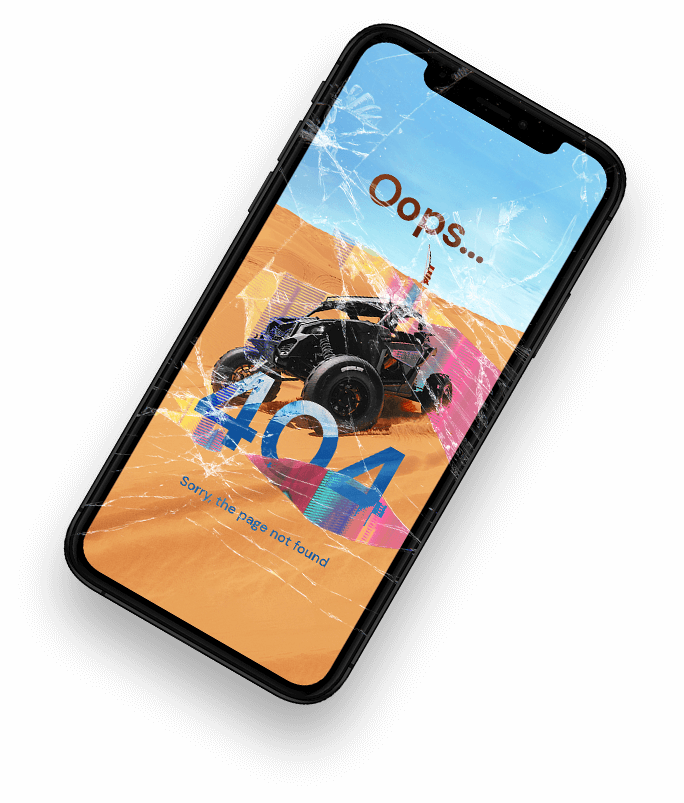
We have a reputation for being fast, friendly, reliable and detailed.
CONTACT
- +61 3 6108 9052
- info@austech-solutions.com
- Level 6, Reserve Bank Building 111 Macquarie Street Hobart TAS, 7000 (Head office)
ADDITIONAL OFFICES
- Level 27, 101 Collins Street Melbourne VIC, 3000
- Level 1, The Realm 18 National Circuit Canberra 2600 ACT
- Level 28, AMP Tower, 140 St Georges Terrace, Perth 6000 WA
